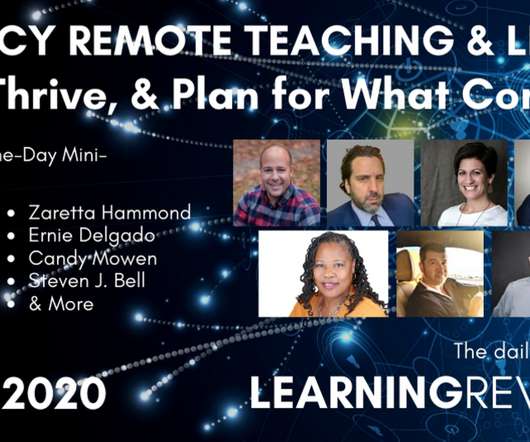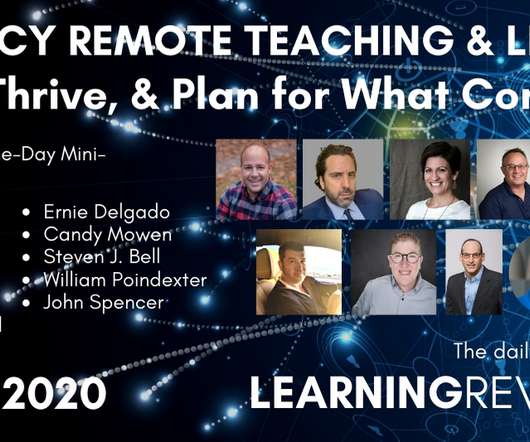Stop Celebrating Low-Level Learning
Tom Murray
JANUARY 12, 2019
In the spring of 2002, I was teaching 4th grade in Bucks County, Pennsylvania. As a teacher in my second year, my classroom had a 1:1 student-to-device ratio. That’s right, in 2002, 17 years ago, we were 1:1. Murray, 2002 (HAHA!!) In 2002, these devices were new. Student engagement was planned throughout.

























Let's personalize your content